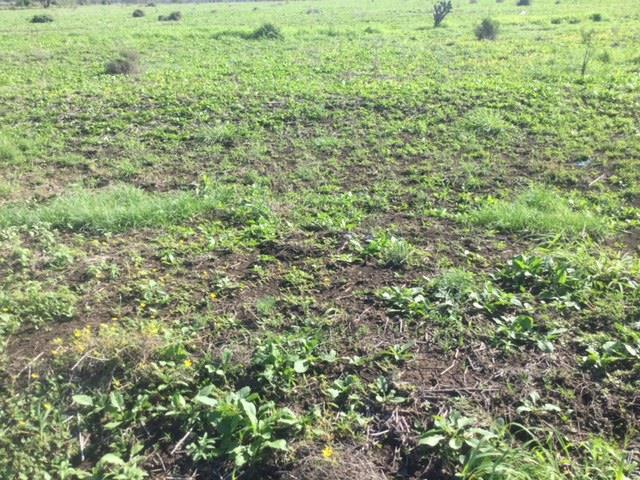Somehow over the last 10 to 15 years, weed control got more complex and more difficult.
More complex, in the fact that we have this phenomenon called ‘herbicide resistance’, plus our weed spectrums appear to be changing and getting harder to control as the years of minimum- or zero-till roll on.
More difficult, in the fact of increasing herbicide costs and the desire to keep all cropping options open or available for best economic crop decisions by farmers.
The years of going round and round the cultivation blocks, continuously dragging a mechanical implement for weed control and improvement of soil structure is still reasonably gone.
Sure, there is some patch tillage or reset principles being done with suitable primary tillage gear on large, difficult weeds like Feather Top Rhodes grass or Fleabane, but the concern I have is that more and more weed spectrums are driving farmer cropping options and, even more importantly, reducing more profitable cropping options.
With the costs of herbicide rising sharply and herbicide resistance burgeoning in some areas, there is now a back-to-basics movement of using more residual herbicides for our weed control. The adoption of this optical spot-spraying practice has been nothing short of remarkable – and the hugely improved results speak for themselves.
The increased use of residual herbicides having a “vacuuming “ effect on germinating weed seeds is an even more important component of our weed seed bank reduction.
At my talks to farmers and their agronomists, I always strongly encourage to not let any weed go to seed, as part of the Weedsmart Big 6 tips and tactics.
Yet, that stopping of seed does not always get performed – but, with some of these large plants producing up to 100,000 mature seeds, it really is a important job.
The attached photo is currently very typical of many blocks around large areas of Northern and Eastern Australia, so the reliance on our two main knockdown herbicides glyphosate and paraquat is at an all time high.
With cotton and other sensitive crops around that may limit the use of phenoxy-type herbicide partner mixtures with glyphosate or paraquat, it really gets very tricky for good, successful weed control in these areas.
There is no great, profound statement in this talk today, as deciding a plan to move forward on weed control and cropping choices is a typical discussion scenario amongst agros and farmer clients.
What I would like to inject into the conversation is that we all need to seriously consider other options for weed control that are not just a selection of herbicides and their modes of action. This is a challenge for us all, in this period of weeds growing extremely fast in the wet conditions and few opportunities to control them among the frequent rain events.
Weed control and weed seed bank reduction are critical success factors to achieve, whilst not limiting your cropping choices or economics for your future.






